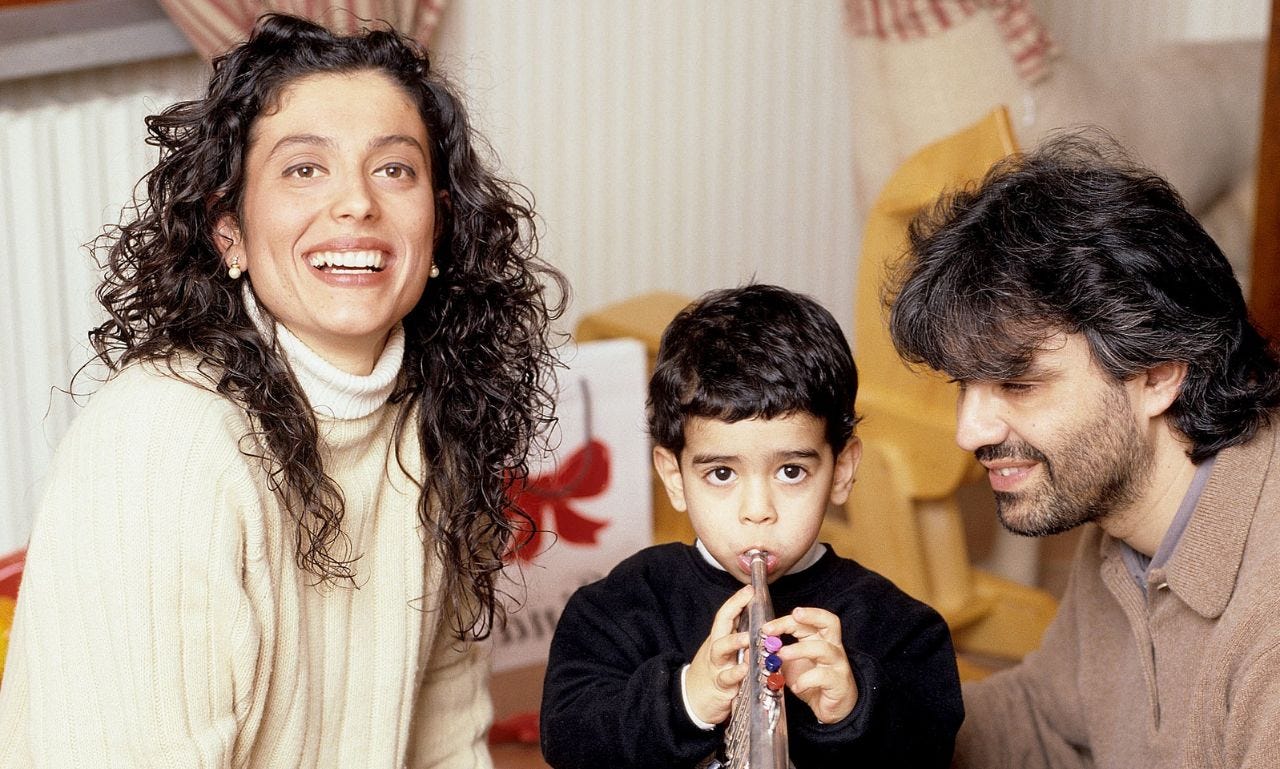In 2021, Zack Snyder Justice League brought a whole new perspective to the DC Universe, winning fans’ hearts and redefining what a superhero ensemble film could be. A key figure in this transformation was screenwriter Chris Terrio, whose work on the screenplay was essential in making Snyder’s version resonate so deeply. Terrio brought complex character arcs, deeper emotional stakes, and a refined story structure that set this version apart from the original 2017 Justice League release. Here’s a closer look at how chris telio reshaped the storyline and made Zack Snyder Justice League the groundbreaking film it became.
Bringing Emotional Depth to Iconic Heroes
One of the most notable ways Terrio transformed the storyline was by deepening the emotional aspects of each character. The original 2017 version introduced audiences to the Justice League characters, but it often skimmed over their backstories, motivations, and traumas. In contrast, chris telio version allowed more time to explore their histories and struggles, making them more relatable and multi-dimensional.
For instance, Terrio’s work on Cyborg’s storyline turned him into the film’s emotional core. Victor Stone’s journey, from a young man grappling with his new identity to becoming a full-fledged hero, adds emotional weight and personal stakes. Terrio crafted a more thoughtful portrayal of Cyborg’s relationship with his father, exploring themes of acceptance and self-worth. This approach gave Victor Stone a more compelling journey, allowing audiences to see him not only as a superhero but as a complex human dealing with trauma and redemption.
Rethinking Character Motivations and Unity
Terrio’s work went beyond adding emotional depth; he restructured the team dynamics, making their unity feel earned and genuine. The characters’ motivations were more clearly defined, which helped the storyline feel coherent and purposeful. This allowed the League members to act with conviction, each understanding their role in facing an unprecedented cosmic threat.
A significant change came with Batman’s role in the team. Rather than leading solely out of a sense of duty, Batman’s motivations were rooted in redemption and making amends for past mistakes. This altered characterization made Batman’s efforts to unite the team more compelling and showed his growth as a character. Terrio gave Batman a personal stake in the fight against Darkseid’s forces, making his leadership feel more sincere and layered.
Building a More Cohesive Narrative
One of the most lauded aspects of Zack Snyder’s Justice League is its four-hour runtime, which allowed for a more expansive and cohesive story. Chris Terrio took full advantage of this extended format, ensuring that each plot point and subplot had time to breathe. Instead of a quick-paced rush to the climax, the film unfolds deliberately, allowing audiences to immerse themselves in the narrative.
With more space to work with, Terrio restructured pivotal scenes, such as the resurrection of Superman. This sequence is longer and more meaningful, as it dives into the League’s collective decision-making process and the moral implications of bringing back a fallen hero. The emotional beats here are fuller, creating a well-rounded, thoughtful sequence that adds depth to the storyline.
Thematic Overhaul: Light in the Dark
One of the central themes in Terrio’s screenplay is the idea of hope in the face of despair. While Justice League is a dark, action-packed film, Terrio ensured that each character’s journey reflects a story of resilience, unity, and faith in humanity. This theme is particularly apparent in Superman’s storyline. As he is brought back from death, Superman’s character embodies hope, which becomes the motivating force for the League’s final stand.
A Story of Redemption for the Film and Its Creators
Ultimately, Chris Telio’s work on Zack Snyder Justice League not only redefined the story but allowed the characters to shine with authenticity and depth. By focusing on emotional arcs, crafting a more cohesive plot, and giving the characters clear, meaningful motivations, Terrio reshaped the storyline into one that felt both epic and intimate. His influence on the film helped deliver a version of Justice League that, for many fans, redeemed the franchise and brought a fitting close to Zack Snyder’s vision.
Final Words
In reshaping Zack Snyder Justice League, Chris Telio brought a level of depth and emotional resonance that elevated the film beyond a typical superhero story. By emphasizing the characters’ personal journeys, exploring themes of redemption, and crafting a cohesive narrative, Terrio transformed the storyline into one that was both powerful and memorable. His contributions allowed fans to connect with the Justice League heroes on a more human level, showcasing their struggles, sacrifices, and growth. In doing so, Terrio helped deliver a film that not only fulfilled Zack Snyder’s vision but also gave audiences a truly iconic and unforgettable experience.




